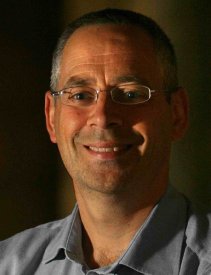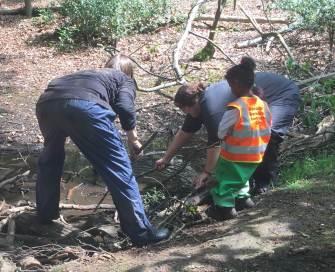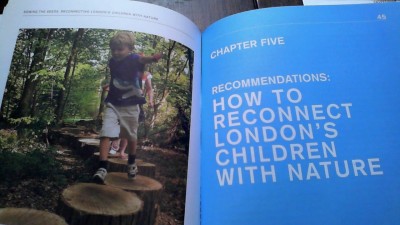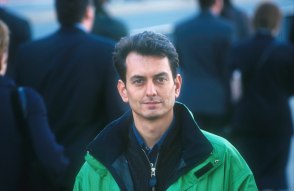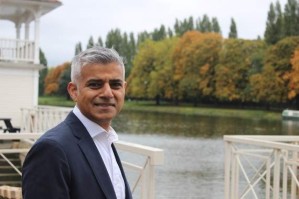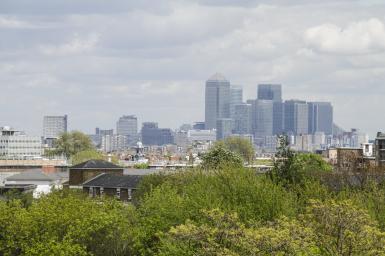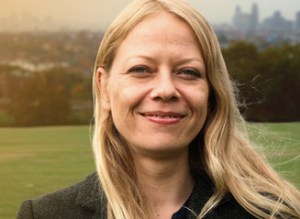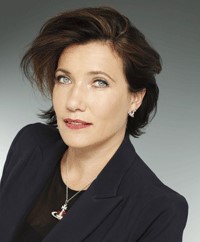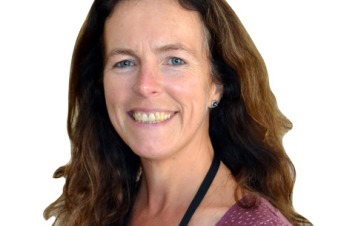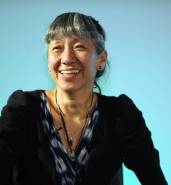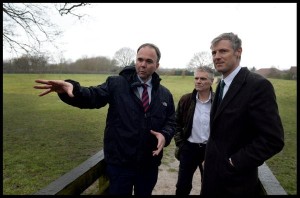
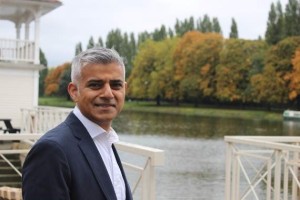
The race to be London’s next Mayor is in full swing. Like duellers at dawn, Zac and Sadiq have gone to the edge of town to trade blows over London’s green belt.
But there’s more to making London great for nature and children than green belt – it’s time for our first snapshot of the candidates.
“I will ensure that all children have access to nature” – Sadiq Khan MP
“I’ll protect Greater London’s precious green spaces” – Zac Goldsmith MP
These two leading candidates say they’ll put the green back into Londoner’s lives, showing there’s more to being Mayor than keeping the price of a tube trip below a fiver.
With a quarter of Londoners undecided on how to vote, we’ve taken a snapshot of Sadiq and Zac’s claims to make London clean and green in 7 areas – from protecting green belt and local green spaces to the Garden Bridge and children’s daily contact with nature:
- Will children growing up during the Mayor Zac’s time in office get a better daily dose of nature or will their access to green open space continue to decline?
- Will Mayor Khan let London’s local green spaces vanish as the pressure grows to grab land for housing, schools and ‘infrastructure’?
- And is London’s green belt up for grabs or safe in either of their hands?
Here’s our verdict on their speeches and policies so far – we’ll examine other candidates soon starting with an interview with Sian Berry, Green Party candidate.
- Green Belt or darkness on the edge of town?
Sadiq says: “I will oppose building on the Green Belt, which is even more important today than it was when it was created.”
Zac says he’ll use his ‘Green Space Guarantee’ policy within 6 weeks of being elected to ensure London’s green belt and Metropolitan Open Land ‘enjoy the maximum possible protection’ from being developed.
Zac goes further – saying Sadiq will greenlight a grab for green belt land and claiming he was keen to do this when he was a Labour minister.
Zac also points to Sadiq’s interview with The Economist in which he contemplates, then pulls back from, letting green belt go:
“If I was persuaded that all the possible pieces of land in London were being used sensibly and were built-upon, building on the green belt would be something we could look into. But we are no-where, no-where, no-where near there.”
Verdict
Both say they’ll stand up to land-hungry developers who want to chip away at what they claim is low quality land that’s needed to solve the ‘housing crisis’. That pressure will grow. It’s still not certain how their policies will stand up.
- Garden Bridge – the great divide
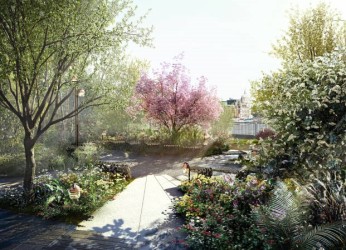
As with the green belt, the proposed Garden Bridge divides them – slightly. They both support the £175 million footbridge but Sadiq dislikes £60 million of public funds being spent underpinning the bridge including £30 million of TfL money.
Verdict
The bridge could be a great visitor attraction. But when existing local parks, spaces and play areas across London are short of cash and protection Londoners needs quality green space and vibrant nature nearby, not just in the centre of town.
- Local green space – quality and quantity please
Here’s a core test for the next Mayor.
Local spaces and play schemes across London are under two huge pressures: development threats and cash constraints to properly maintain and improve areas, access and local projects.
Sadiq’s 10 headline priorities mention the green belt. Zac’s headline Action Plan includes “Creating more green spaces and cleaning up local parks so they are safe to visit and enjoy”.
But in his Manifesto for all Londoners Sadiq says: “I am passionate about the amazing green spaces and views – commons, parks, heaths, playing fields and waterways – that do so much to make London a fantastic place to live. It is on these green spaces that our city’s biodiversity and wildlife is most concentrated, our children play and learn about nature, and where we Londoners go to relax…”
Sadiq adds, “I will strengthen protections for open spaces within the London Plan, including playing fields, Metropolitan Open Land, and our Sites of Importance for Local Nature Conservation and nature reserves… With huge pressures on land for housing and other uses, it is essential that we maintain these spaces, and even expand upon them.”
Zac plans to transform every community with 200 new parks, gardens and green roofs so that every Londoner is within 10 minutes’ walk of green space, even in the most built-up areas: “Everyone should have access to an area of reflection and green space…I’ll protect Greater London’s precious green spaces”, he says.
Verdict
They both get the need for local green space. Both remain vague about how to improve what we have. Protecting space is great but making it greener, richer in nature and better to visit is better. We need more than just grass and bins.
- London as a National Park City
The closest they get is in their support for the ‘London National Park City Initiative’.
Zac signed up some time ago. Sadiq added his support in his recent manifesto saying, “I will Make London the first ‘National Park City’ – setting a long term target to make more than 50 per cent of our city green”.
Verdict
With the two leading mayoral candidates agreed, the notion of London as the world’s first National Park City is within our grasp – and is less far-fetched than some commentators have suggested.
- Housing – bricks and nature?
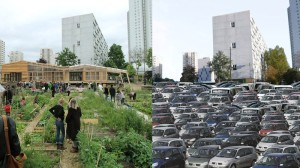
Grey or green space?
Zac says “today London’s green space is under threat. A booming population means there is a huge temptation for the next mayor to build on greenfield land. It’s an approach I completely reject.
“No one denies that we need more housing in London. But the choice between a city that’s unaffordable and a city that’s unlivable is entirely false. There is more than enough brownfield land within Greater London to deliver the housing we need.”
“It’s really important that we hold the line. The moment we compromise our green space, we lose it. London has lost an enormous amount of the green spaces that make it special. One the reasons that people want to live here is because of our environment and green spaces. We can do that [keep green space and build homes] as long as we access the brownfield land that we know exits, by growing the transport network.”
Zac’s policy is to make green space part of all new major developments: “London is already the greatest city on earth. As Mayor I’ll make it the greenest too, with a ‘Green Space Guarantee’”. He says this would require developers to include green space in all building schemes.
Sadiq is less clear on how he’d ensure proper quality space for children to access play and nature when land is developed.
He does say, “It is important that we do more to protect the character of London’s communities while delivering the new and affordable homes we need to cope with a rising population. I will put good design and sustainability at the heart of the London Plan [the Mayor’s blueprint for how London develops].”
Verdict
Homes built without decent local green space, access to nature and places children can explore will be the housing estate errors of the future.
London’s children should be able to play and thrive in nature without having to travel to the green belt or countryside.
Sadiq and Zac should set out proper standards so every London child can play in nature on their doorstep.
- Children’s daily experiences
Zac wants to “make sure the next generation are educated on the dangers of air pollution and the importance of protecting our environment…Making our children aware of the environment around them and where their food comes from is vital to their future wellbeing.”
In his manifesto, Sadiq says he wants “for all of our children, a city in which the air is clean, green space is accessible…”
Verdict
Both Zac and Sadiq have a way to go to show how they’ll reverse the damaging decline in children’s daily experience of nature and natural play.
Have they read the Sowing the Seeds report?
